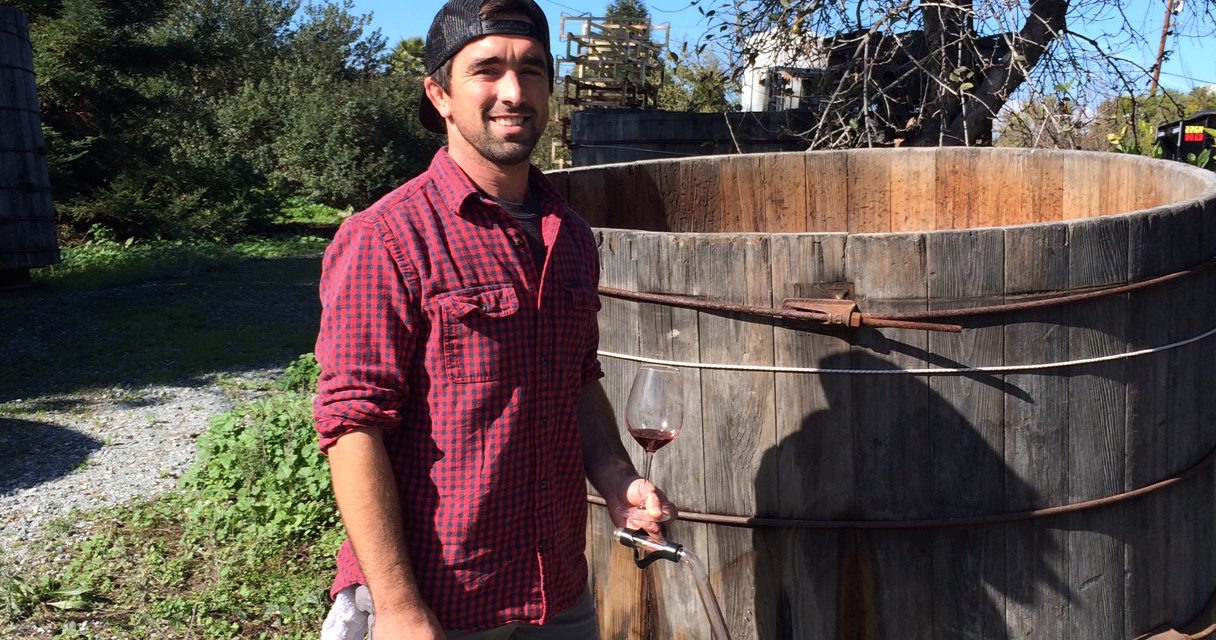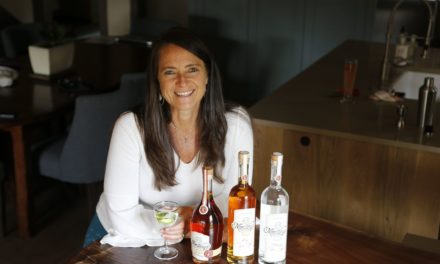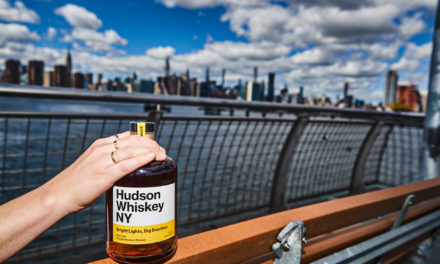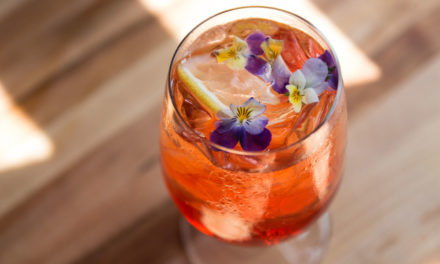When someone at a winery says, “I work in production,” don’t hit the snooze button. This is where the sausage is made, so if you want to know some secrets, this is where to snoop.
In Mattituck, N.Y., winemaker Anthony Nappa tried something novel. Because his 2016 vintage was kind of underwhelming, he drained off the 2017 fermentation but didn’t press it, then did an extended maceration of the 2016 wine on the 2017 fermentation, adding lots of color and tannin to the combined ferment.
At Scheid Family Winery in Monterey, Calif., winemaker Dave Nagengast created a pop-up winery (trailer) in the vineyard for his Metz Road Winery Chardonnay, so he could be absolutely certain native yeast would run the show. Had he brought fruit to the winery, other yeast might have taken over.
Scott Sisemore of Waxwing (Belmont, Calif.) still treads his grapes by foot, but that didn’t stop him from buying a new, more modern basket press, fermenting in open top puncheons (versus plastic bins), using refrigerated trucks for grape hauling and cold soaks, and using a professional grade destemmer on Pinot Noir.
Nicole Bertotti Pope, winemaker at Stolo Family Vineyards in Cambria, Calif., foot-treaded whole clusters for her Pinot and Syrah at the bottom of the bin before destemming the rest of the grapes on top. “It led to cleaner and brighter whole cluster fermentations—and it was a lot fun!” she says. Pope also cold-soaked Gewurztraminer on skins for five hours, heightening aromatics with no extra bitterness. She plans to experiment more with skin contact on white wines in the future.
Chris Graves of Naumes in Jackson, Ore., tried cryomaceration in 2017. “You layer in significant amounts of dry ice as you destem your fruit,” he explains. “The cold dry ice freezes the skins and breaks open the cells to release more phenolics and flavors. Many folks do it on high-end Willamette Valley Pinot, because it displaces all the oxygen.”
Randy Schoch of Handley Cellars in Philo, Calif., is fermenting high acid 2017 Chardonnay in an 80-gallon terra cotta fermentation vessel for the first time. “It provides a roundness and warmth to the wine and will be used to add complexity to stainless steel fermentations instead of using wood or stainless barrels,” he says. The wine might end up in cans. Cool.
Ryan Stirm of Stirm Cellars in Santa Cruz, Calif., moved to an old facility with ancient redwood fermenters. Says Stirm, “They’re part of California history, and I feel honored to use them more than anything else. You can make great wine in them, but they don’t necessarily make great wine fermenters.”
Legendary winemaker Bo Barrett, of Chateau Montelena in Napa, never used redwood tanks. But by adopting innovations like a destemmer in 1989, macrobins in 2001, night harvesting in 2005, and eliminating long macerations, he definitely amplified the horsepower of the wine over time. His dad, Jim, was fond of saying, “If you can make better wine with new equipment, go get it!”











